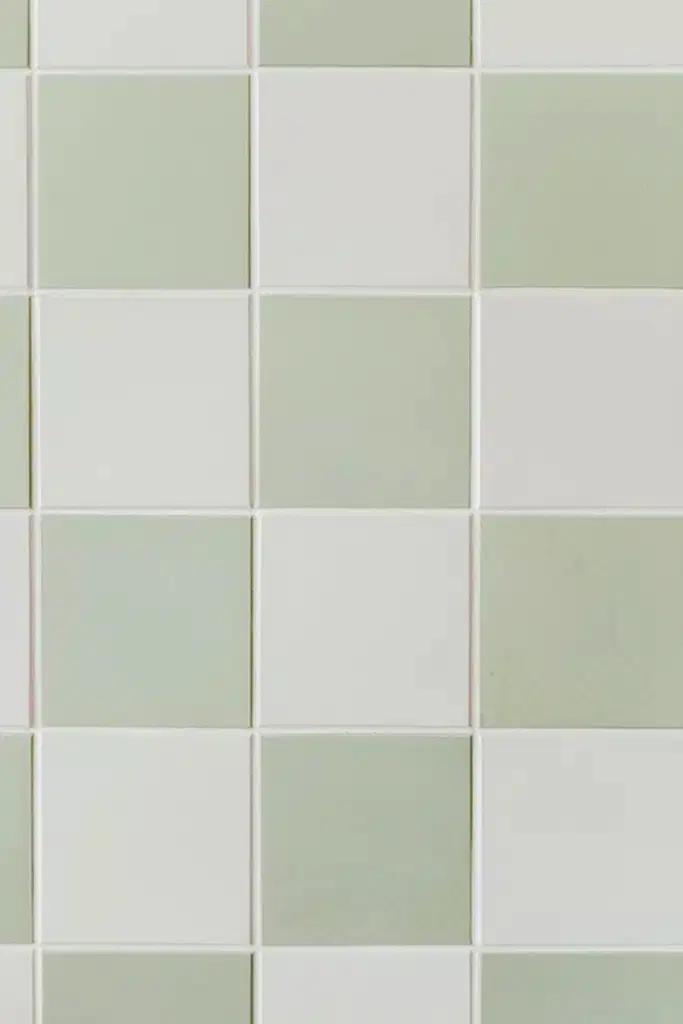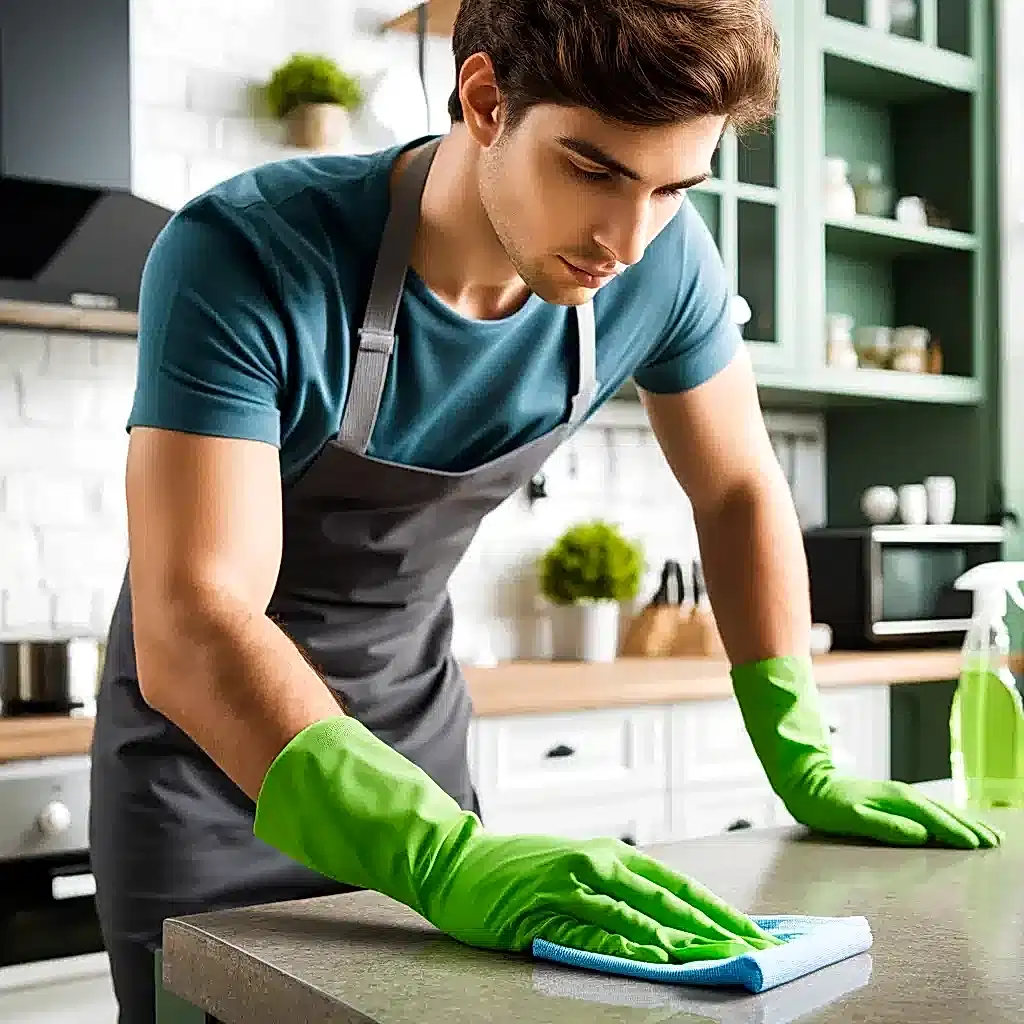5 Effective Ways to Clean Your Tile Floors
Tile floors are a popular choice for many homeowners due to their durability and low maintenance. However, keeping them looking their best requires some special attention. Here are five effective ways to clean your tiles, ensuring they shine and stay in pristine condition over time. 1. Regular Sweeping or Vacuuming To keep your tiles looking spotless and vibrant, initiating your cleaning routine with regular sweeping or vacuuming is crucial. Tiles are prone to gathering everyday dust, pet hair, and various kinds of debris which, if left unattended, can dull their appearance. Employing a soft-bristle broom for sweeping ensures that you gently collect any loose dirt without scratching the surface of your tiles. When using a vacuum cleaner, it’s beneficial to switch to a hard floor setting. This adjustment helps prevent any abrasive action that could otherwise damage the tiles. By routinely removing these particles, you ensure that subsequent cleaning methods, such as mopping, are more effective and less likely to scratch or mar the tiles’ finish. Consistent sweeping or vacuuming not only maintains the aesthetic appeal of your tile flooring but also extends its lifespan by preventing build-up that can be harder to clean over time. Regular removal of surface dirt and debris keeps the tiles in optimal condition and makes deeper cleaning tasks easier and less frequent. This simple yet effective first step is fundamental in preserving the tiles’ lustrous look and overall integrity. 2. Mopping with the Right Solution When it comes to routine cleaning, mopping your tiles can significantly enhance their appearance and hygiene. To begin, mix a mild detergent with warm water in a bucket—this is your basic yet effective cleaning solution. It’s important to choose a detergent that is gentle enough not to erode or dull the tiles’ finish. Using warm water helps dissolve dirt and grime more effectively, making the cleaning process smoother and quicker. For the mopping itself, opt for a microfiber mop or a soft rag. Microfiber is particularly effective because it does not scratch the surface and can attract and hold onto particles, ensuring a thorough clean. The softness of the material, along with its absorbent properties, allows for a delicate yet deep clean that protects the integrity of your tiles. While regular detergent and water are usually sufficient for most cleaning needs, adding a capful of white vinegar to your mopping solution can boost the effectiveness of your routine. Vinegar is a natural disinfectant and degreaser, making it excellent for tackling more stubborn spots or oily residues that sometimes accumulate on kitchen tiles or entryways. Additionally, vinegar helps in leaving a streak-free finish, enhancing the tiles’ natural shine without leaving any harmful residues. It’s crucial to avoid using harsh chemicals or abrasive cleaning tools, as these can scratch or damage the tiles’ surface, leading to dullness or other forms of wear over time. 3. Tackle Stains Immediately When dealing with spills on your tiles, time is of the essence. Quickly addressing spills helps prevent the liquids from seeping into any porous grout and stops stains from setting into the tiles themselves. For everyday messes, a simple wipe with a damp cloth can often do the trick, efficiently removing the spill before it has a chance to cause lasting damage. However, certain spills like coffee, wine, or greasy substances can be more challenging and require a bit more effort. In these cases, a homemade paste made from baking soda and water becomes an invaluable cleaning agent. Spread this paste generously over the stain on your tiles and let it sit for about 15 minutes. This waiting period allows the natural cleaning properties of baking soda to penetrate and lift the stain. After the paste has set, take a soft brush—ensuring it’s gentle enough not to scratch the surface of your tiles—and scrub the area gently. The soft bristles will agitate the baking soda mixture, helping to release any deep-set dirt or discoloration without harming the tile’s finish. Once you’ve thoroughly scrubbed the stain, rinse the area with clean water to remove any residue from the cleaning process. This method not only clears away tough stains but also preserves the integrity and appearance of your tiles. Prompt and appropriate action keeps your tiles looking as good as new, prolonging their lifespan and maintaining their beauty and functionality in your home. 4. Grout Cleaning Is Crucial Keeping the grout clean is essential for maintaining the overall appearance of your tile floors. Grout, being porous, tends to absorb dirt, spills, and grime, which can lead to unsightly discoloration that detracts from the beauty of your tiles. Proper grout maintenance is crucial to prevent this and to keep your flooring looking pristine. For a deep and effective grout cleaning, a mixture of hydrogen peroxide and baking soda can be particularly effective. Combine these two ingredients into a thick paste. This mixture harnesses the natural whitening power of hydrogen peroxide along with the abrasive, cleaning properties of baking soda. Together, they create a powerful cleaning agent that can penetrate the porous surface of the grout to lift and remove built-up dirt and stains. Apply this paste directly to the grout lines and allow it to sit for several minutes. This dwelling time is critical as it gives the paste enough time to break down the dirt and discoloration. After the paste has had time to work, use a grout brush or an old toothbrush to scrub the grout lines vigorously. These tools are ideal for getting into the narrow spaces and providing the agitation needed to remove the dirt effectively. Once you’ve thoroughly scrubbed the grout, finish the cleaning process by wiping the area with a clean, damp cloth. 5. Seasonal Deep Cleaning Incorporating seasonal deep cleaning into your maintenance routine can significantly enhance the longevity and appearance of your tiles. Over the course of daily use, tiles and grout accumulate layers of dirt and grime that regular cleaning might not fully remove. Every few months, it’s beneficial to undertake a









